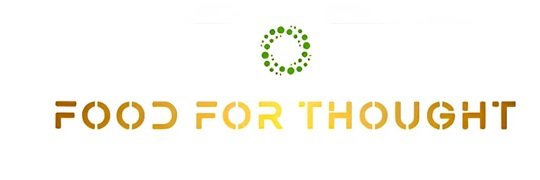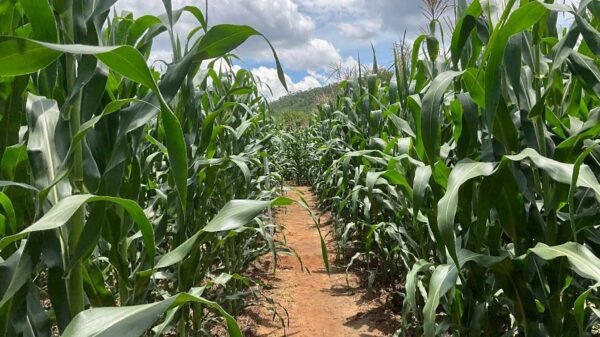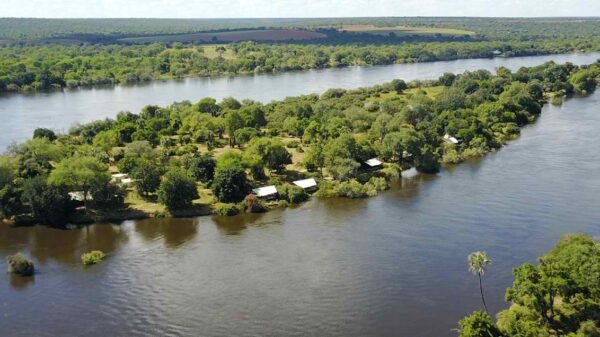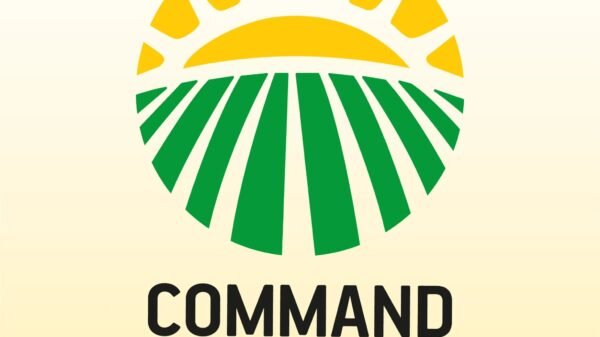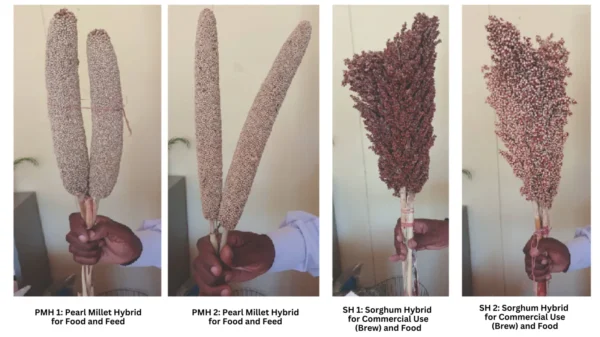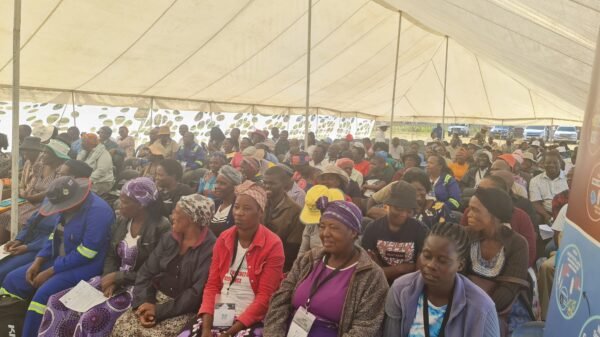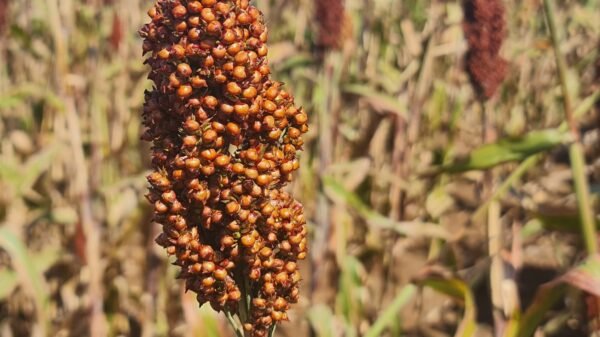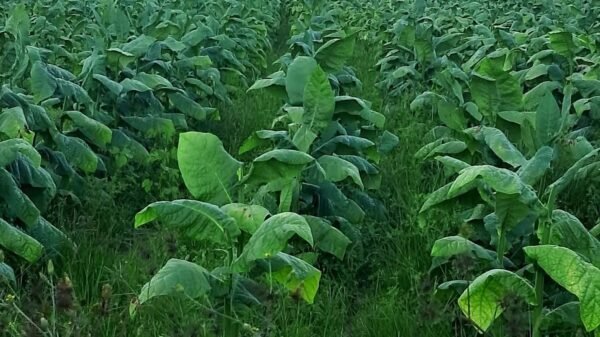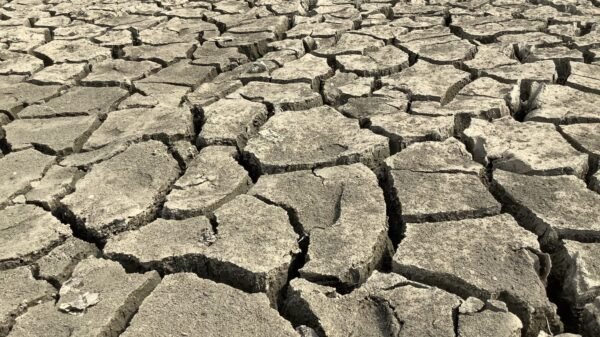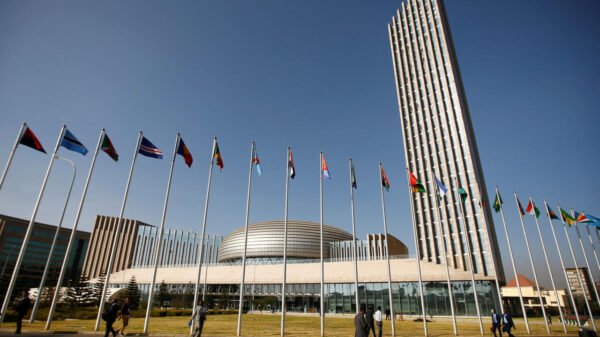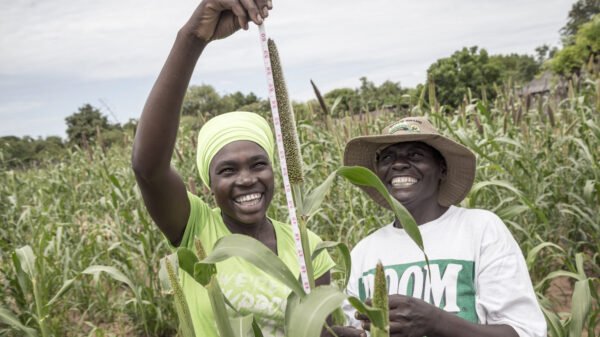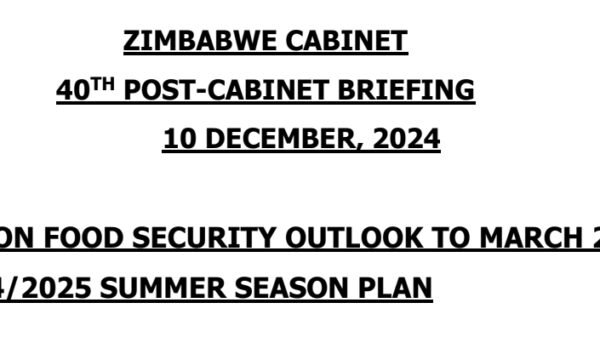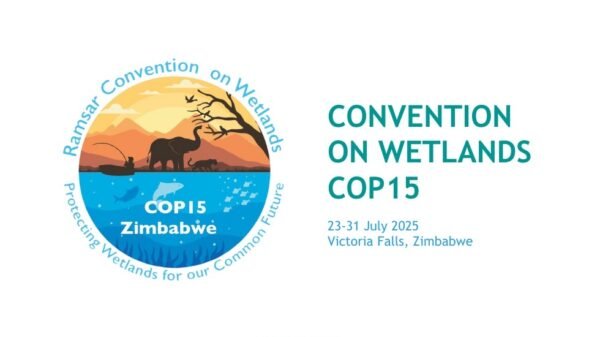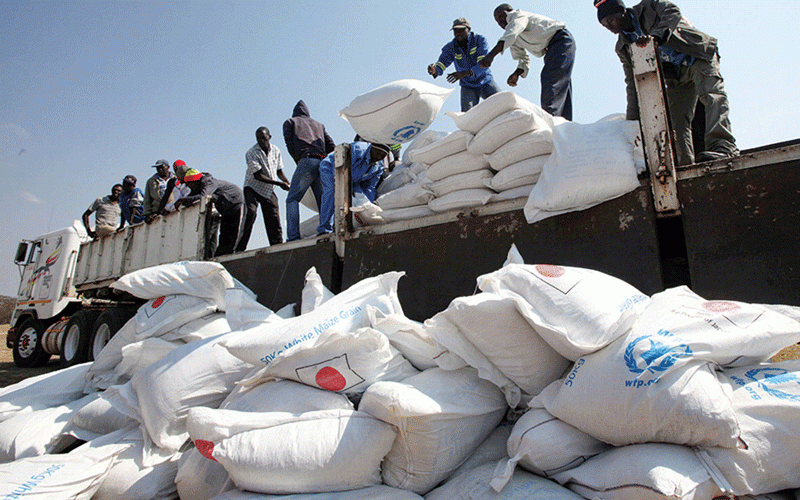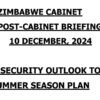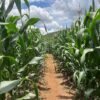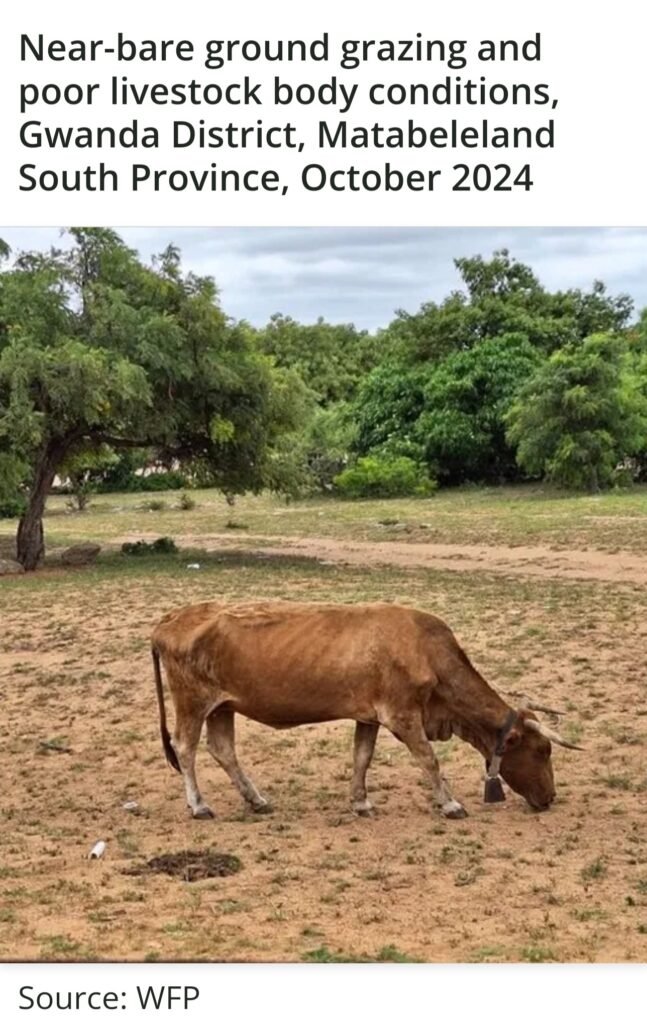
Hunger, climate crisis shatter livelihoods
IN its latest food security assessment, the Famine Early Warning Systems Network (FEWS NET), says hunger in Zimbabwe has reached crisis proportions, noting that even typical surplus-prodicing areas need urgent food assistance.
“Following the 2023/24 El Niño-induced drought, own-produced food stocks are widely unavailable, even in typical surplus-producing areas, while high prices and below-average income are constraining access to markets. As a result, higher-than-normal food assistance needs are expected throughout the annual lean season,” says FEWS NET in the new report.
Areas which experience perennial food deficits are facing an even more severe crisis. Urban communities are not spared.
“The areas of typical deficit-producing areas, where larger portions of the population live, are expected to face crisis outcomes. However, given extensive crop losses in both typical surplus- and deficit-producing areas during the 2023/24 agricultural season, as well as negative impacts to livelihoods and prices, all rural and urban areas are likely to be negatively affected.
“Humanitarian food assistance needs are expected to be at near-record levels in both rural and urban areas throughout the outlook period.”
According to the FEWS NET assessment, there could be some improvements in water availability, pasture and livestock body conditions after the start of the 2024/25 rainy season, alleviating the critical conditions caused by the El Niño-induced drought.
“However, lingering impacts of last season’s drought are expected and will continue to negatively impact livelihoods such as casual labour demand and payment rates, self-employment opportunities, income from livestock sales, among others, throughout the outlook period.”
Analysis in brief
Widespread crisis outcomes are expected from October 2024 through May 2025, mainly driven by significantly below-normal 2024 crop harvests and constrained household incomes. Most typical livelihood and coping activities and income sources are expected to remain at below-normal levels, with a high proportion of the population unable to cover food consumption gaps. Prices of food and other basic commodities and services will likely remain higher than average,
constraining market access, especially for poor households. However, the situation is expected to improve around April/May 2025 with the start of the main harvests.
Hunger at hosehold level
Significantly below-normal 2023/24 crop production due to El Niño-induced drought has critically affected own-produced food sources, reduced income from food and cash crop sales, and resulted in a 2024/25 national cereal deficit of around 1 million metric tonnes.As a result, the majority of households across the country lack access to own-produced food stocks. Given the forecast for a normal 2024/25 rainy season, on-farm labour opportunities will likely improve, although wage rates are likely to remain below average, constrained by poor liquidity and above-average competition. Households are expected to pursue a variety of methods to procure agricultural inputs to ensure near-normal cropped area, but yields may vary depending on the quality of inputs procured. The government crop input scheme is expected to be a main source of inputs for most poor and other households.
Water woes worsen
The poor 2023/24 rainfall season has severely affected water and pasture conditions, with widespread negative impacts on livelihood activities, including livestock production, casual labour, and self-employment activities like brickmaking and construction, in addition to crop production. Across most typical low-rainfall areas, surface water sources (streams, rivers, weirs, dams) are dry. River-bed sand-scooping for water is common, posing a health risk to people. Water tables have receded significantly, affecting borehole yields in many communities, and people and livestock are travelling longer and further than usual for water. The situation is not expected to improve until after the onset of the rainy season.
Livestock losses mount
Due to poor water availability and poor pasture conditions, livestock body conditions are generally fair to poor, especially for cattle. The worst affected region is Matabeleland South Province, where 3 500 cattle deaths were recorded between April and September. Ongoing cattle losses are compounding last year’s above-normal rate of cattle deaths, resulting in significantly reduced herd sizes for most households. Seeking to cushion themselves from losses due to livestock deaths, some households continue to engage in distress sales, especially in typically low-rainfall areas. As a result, livestock prices in some areas have dropped to less than half of the typical prices this time of the year, negatively impacting household incomes. Despite the forecast for a normal 2024/25 rainy season, livestock body conditions are only expected to improve gradually starting in early 2025 after pasture conditions have regenerated.
Food prices shoot up
Already above-average prices for staple foods and other food and non-food commodities are expected to continue increasing, constraining purchasing power for poor households and reducing access to markets, exacerbated by the annual lean season. The official devaluation of the local currency (ZWG) at the end of September has driven significant increases in the prices of goods and services. Staple maize grain and small grains are expected to remain largely unavailable on the open markets throughout the outlook period. Where available, prices are expected to be up to 100 percent above normal. Maize meal is expected to be readily available, though prices will remain above normal in both formal and informal markets, just like other basic food and non-food commodities.
Given the atypically long and unusually severe 2024/25 lean season, humanitarian food assistance needs are anticipated to be above normal countrywide throughout the outlook period,including in typically surplus-producing parts of the Mashonaland provinces, which normally experience very low assistance needs.
Food security context
Households in Zimbabwe typically rely on various on-farm and off-farm food and income sources to meet their food and non-food needs. Food and cash crop production and livestock rearing are important to rural livelihoods. In the high-rainfall areas, largely in northern Zimbabwe, farmers typically have higher yields and produce staple crops like maize that can meet their food needs for most of the year, while they earn income from the sale of surplus crops.
However, in the lower-rainfall areas of southern, western, eastern, and extreme northern Zimbabwe, crop production tends to be lower and typically provides food stocks only for three to four months of the consumption year for poor households in most of these areas.
In the surplus-producing northern areas, farmers also grow cash crops such as tobacco, along with a diversity of pulses/legumes, root crops, vegetables, and fruit. In the dry season, from June to September, wheat is grown with irrigation under commercial production. However, maize, sorghum, and millets are grown for food in the deficit-producing areas, while cash crops like cotton are produced for income. Livestock, particularly cattle, are an important source of wealth and are mainly reared by better-off and middle-income households across the country. But most livestock rearing is in the country’s southern, eastern, and western parts. Small livestock, mainly goats and chickens, are reared by all household groups, with poor households regularly selling them to earn income to buy food and meet other family needs.
Livelihoods shattered
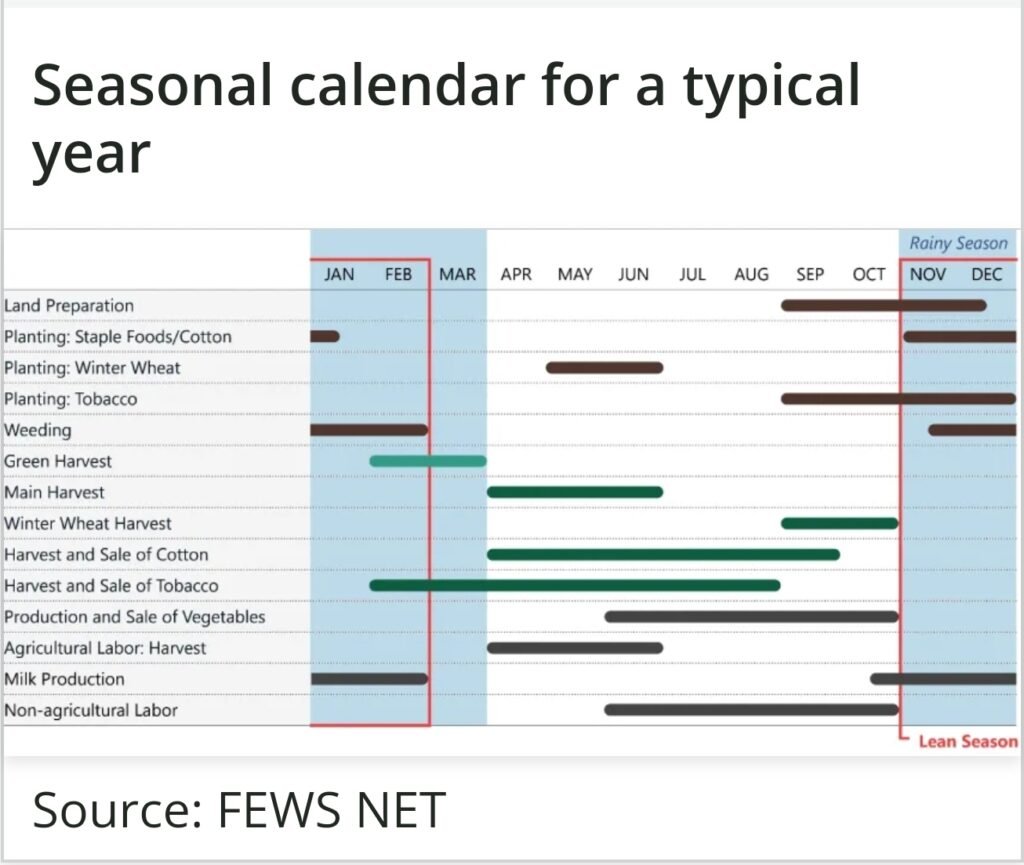
The main agricultural season occurs from October to May, with rainfall from November to February being particularly important for crop production. Households typically prepare their land and plant from October to December, with rainfall in January and February considered critical for harvest potential, as staple cereals are often in their reproductive and grain-filling stages at this time. The green harvest of crops occurs from February to March, with the main harvest taking place from April through June. Unfortunately, Zimbabwe is prone to weather shocks, particularly drought, which frequently drives below-average to significantly below-average rainfall during the October to March rainy season, negatively impacting crop and livestock production and other livelihoods. Most recently, El Niño events drove droughts in 2015/16, 2019/20, and 2023/24, resulting in poor and even failed harvests.
Households often engage in off-own farm income-earning opportunities such as petty trade, casual labour, self-employment, crafts, artisanal mining, and the sale of wild produce such as fruits, vegetables, grass, and Mopane worms to earn income for food purchases. Some households also rely on remittances from family members in urban areas and abroad. Labour opportunities increase seasonally and are linked to agricultural production and marketing chain activity. Poor households in urban areas also engage in urban and peri-urban agriculture to help meet their food needs.
